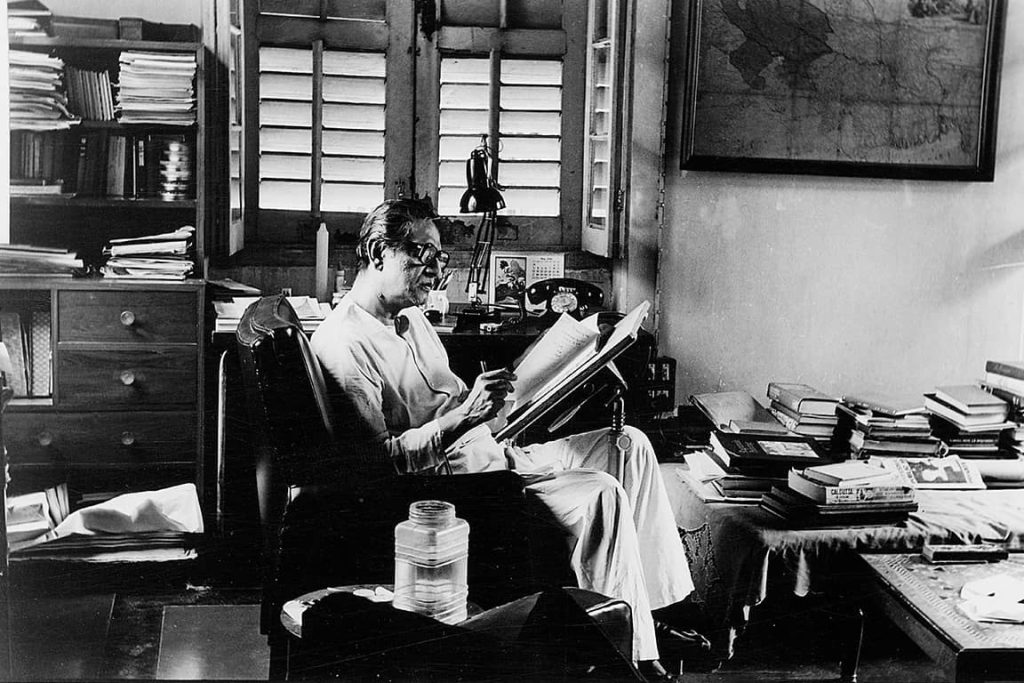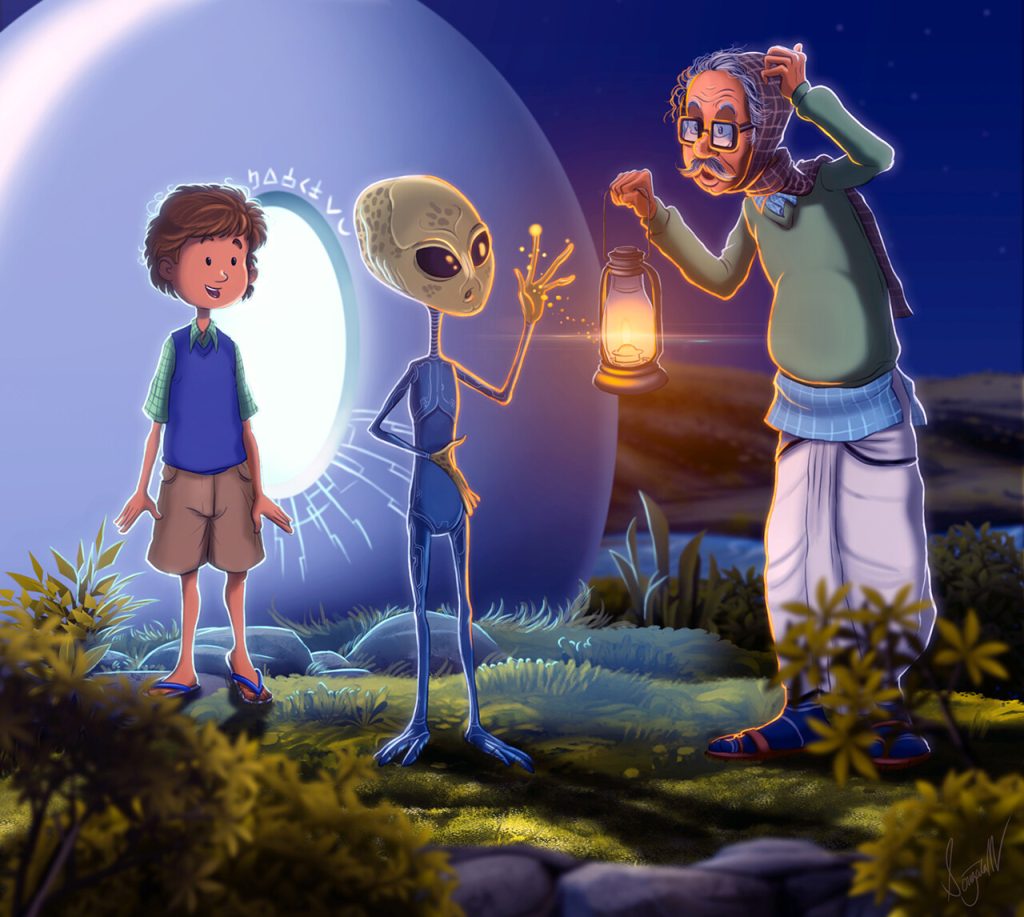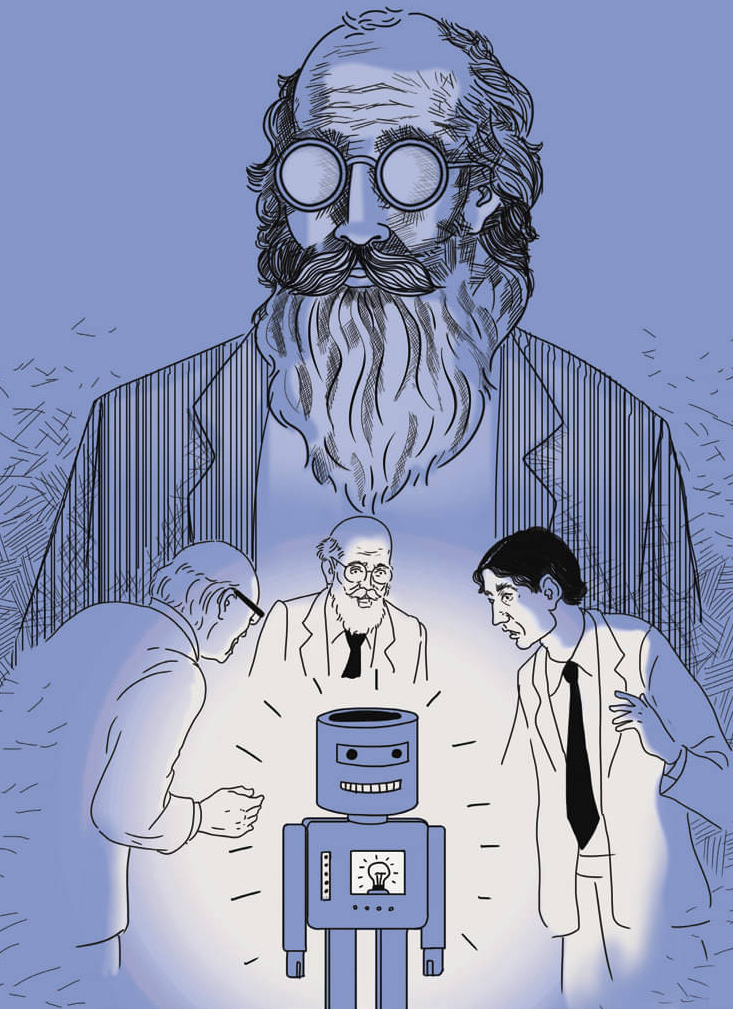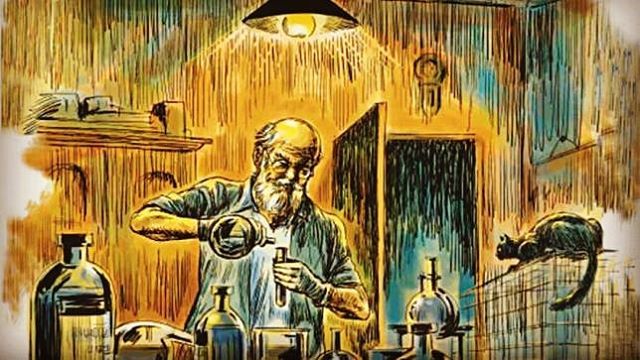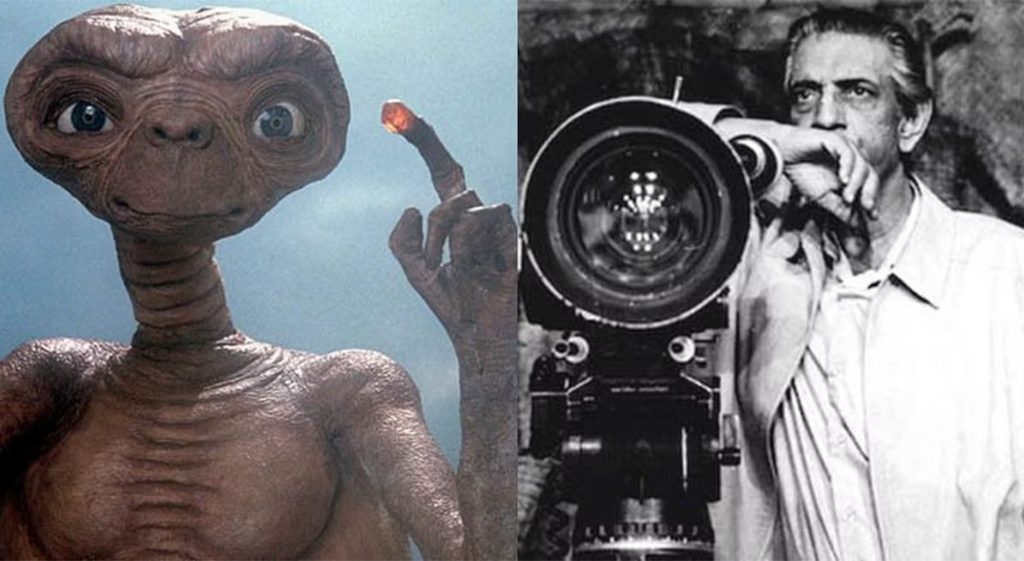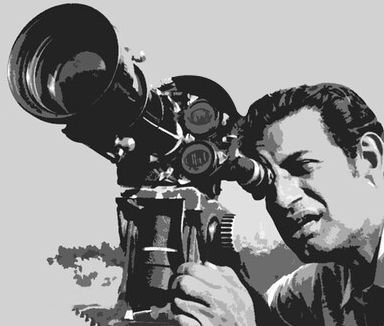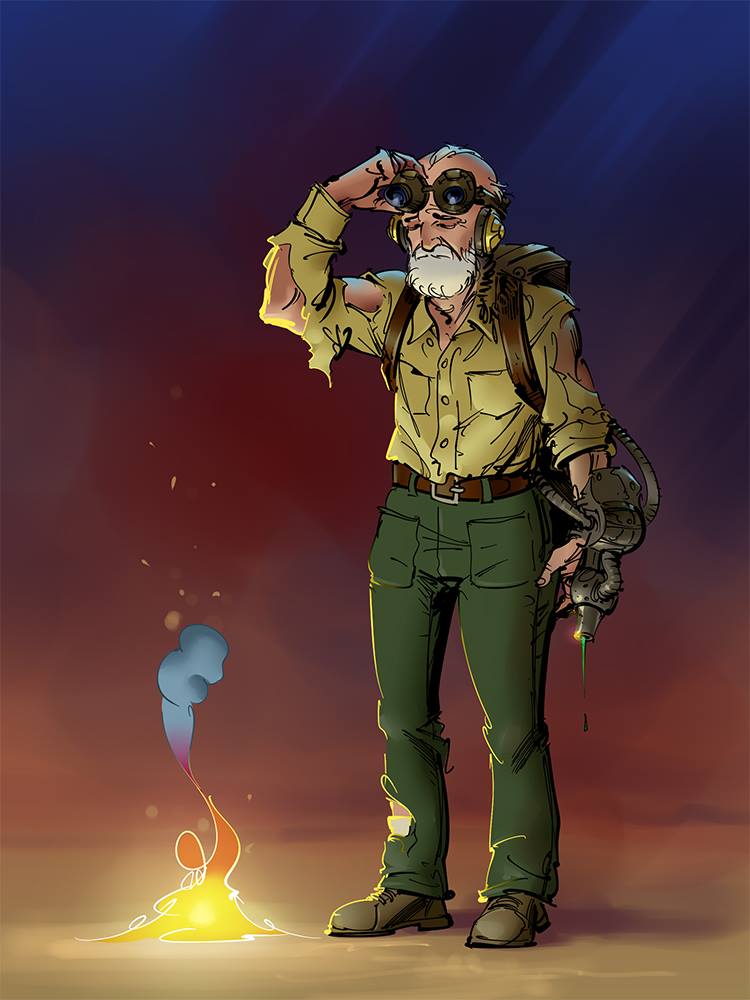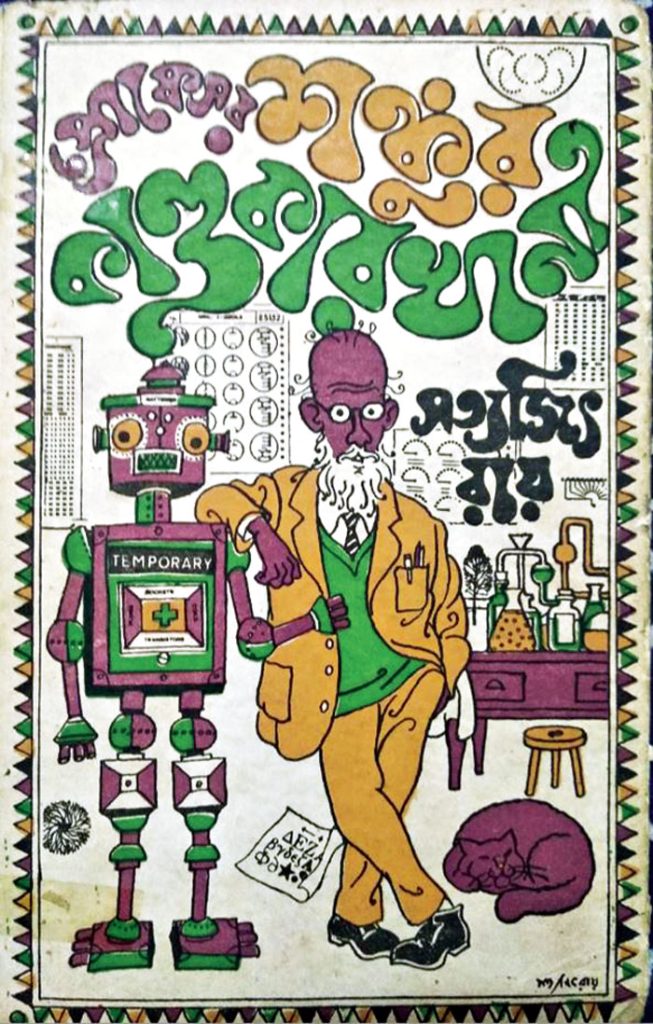Ray & His Realm of Science Fiction
Sandip Banerjee & Swapnil Banerjee
It is a general perception that when we think about individuals having multi-disciplinary achievements, we usually celebrate that aspect of his genius which has made him most acclaimed and popular, either at the national or at the international level. And while doing so we often ignore other spheres of his achievements, many of which might also have been equally path breaking. Kaviguru Rabindranath Tagore is very relevant example in this context. We have mostly confined him to songs and poetry only, forgetting his pioneering contributions to rural reconstruction or towards philosophy of education. Another individual who can also be exemplary in the same category is none else than the maestro Satyajit Ray.
To many across the globe, Ray is perhaps the most multi-faceted Bengali to have ever walked the earth after Tagore. Now, whether this public perception is true or not may produce tempests over tea cups but what is beyond doubt is that he was not just a film maker of global repute. Apart from being the creator of Feluda, one of the most famous fictional detective characters in the Indian domain of detective stories, Ray was also proficient in the art of writing stories based on science fiction, in the Bengali language.
Ray was a prolific reader and a man of astute intellect. Being so, he was well exposed to world literature. His knowledge of the world might have encouraged him to take up his pen for writing stories belonging to the genre of science fiction. He was an extremely gifted man blessed with a rare quality of creativity which he generously used in his movies, in his paintings, and in his music. When Ray decided to don the hat of a writer, he had the fantasy to create something different by penning down science fiction stories in the Bengali language; something distinctly different from the science fictions stories of the western world.
Generally speaking the genre of science fiction has not always been a popular practice in Bengali literature. In fact many popular exponents of Bengali literature did not consider science fiction with great regards. To most of them it was a rather fanciful exercise having neither science nor fiction. Many considered it not to be fundamental as an act of literary creativity. Satyajit Ray, however, had a different opinion about science fiction. The modernist that Ray was, he was not just to compose one or two tales of science fiction. He would take lot of interest in the subject and probe deep into his mind’s depth to bring out different kind of stories, hitherto unknown to Bengali literature. As he kept on pouring his volume of science fiction, he went on improving himself by making his thoughts more progressive as he moved on from one story to the other.
The first science fiction story written by Ray was published way back in 1962 in the famous journal ‘Sandesh’. The name of the story was ‘Byomjatrir Diary’. This long story was featured in two consecutive issues of Sandesh. The protagonist of the story, Professor Shanku is an inventor as well as a researcher. This story paved the path for the series of stories to come. It was clearly evident that Ray was was a long distance runner in this field of writing science fiction stories. In the first story itself Ray showed several inventions of Professor Shanku who is eventually made a voyager to the planet Mars. He has a cat very wittily named as Newton. It is a crafty display of symbolism to name the cat of an inventor as Newton. We also find a robot named as ‘Bidusekhar’. This story, apart from dealing with space voyage, also focuses on aliens and man-machines. No doubt that the initial works of Ray on science fiction bore distinct resemblance
with stories like Tintin’s ‘Destination Moon’.
From finding the Sci- Fi Cine Club in Calcutta to plans to direct a Hollywood science fiction film and developing the character of Professor Shanku, Satyajit Ray enjoyed almost an umbilical connect with this genre. In the mid –sixties of the last Century, an unprecedented development happened in Calcutta. Satyajit Ray and his friend Adrish Bardhan brought to life the Sci- Fi Cine Club. Bardhan used to publish the science fiction journal ‘Ascharya’. It was later rechristened ‘Fantastic’. According to the words of Sandip Ray, son of Satyajit Ray, he was very enthusiastic about Bardhan’s work because Ray himself was a science fiction bookworm. The legendary science fiction writer Arthur C. Clarke was a close friend of Ray. He also corresponded with eminent science fiction writers like Ray Bradbury and Issac Asimov. He was also in touch with leading cartoonists like Harlan Ellison and the great animator Walt Disney.
One sunny side of Ray’s science fictions was their language and the manner in which the stories were built up. Usually science fictions depict more seriousness in their approach but in Ray we discern noticeable influence of writers like Jules Verne. The stories on many situations appeal to childish imagination, maintaining a tinge of realism. For example, ‘Bankubabur Bandhu’, the science fiction stories of Ray beyond Professor Shanku, shows kind of tales which are appealing to human fancy of knowing the outer world and their inhabitants. In this story, an alien comes from an unknown planet. Breaking the conventional norms of presenting the alien as a mischief maker, Ray projected him as an astronaut. Following this story Ray came up with his next creation named as ‘The Egg of Terrodactyle’ or ‘Terrodactyler Dim’ published in ‘Sandesh’. For the first time, through this story Ray introduced the concept of ‘Time Travel’ to his stories. Of course the concept of time travel was treated in various ways in many of his future stories.
With the Professor Shaku stories like ‘Lord Carnarvan’ and ‘The Curse Of Tutankhamen’ Ray was back with his original protagonist. The publication of the story ‘Mayurkaonthir Jelly’ in 1965 in ‘Ascharya’ journal showcased the combination of science fiction and social insight. Ray’s stories were mostly written keeping the young readers in mind; however, this story had all the elements of captivating the attention of the adults as well. Premendra Mitra, who was also a member of the Sci-Fi Club, collaborated with Ray, Amitabha Roychowdhury and Adrish Bardhan to pen down a story titled – ‘Sabuj Manush ‘ or ‘The Green Human’. This tale was dramatized to be broadcast in radio programme ‘Sahityabasar’. One of Ray’s greatest creations amongst his many stories belonging to the genre of science fiction is ‘Septopaser Khide’ or ‘The Hunger of Septopas’. This story influenced future several original story writers. ‘Septopas’ is a carnivorous plant that can think like a human being.
Satyajit Ray dwelt on the idea of making science fiction films. To that effect, he decided to pitch his idea to several producers in Hollywood. The script was prepared based on the story titled ‘Bankubabur Bandhu’ or ‘The friend of Bankubabu’. However, despite advancing some positive steps, the film could not see the light of day. It is heard that a gentleman who was supposedly mediating in this project as a negotiator with foreign distributors was not so integrated in conduct and thus the dream remained unattained, though Columbia Pictures was interested in production of this prospective movie. In course of time this script provided the necessary impetus to Stephen Spielberg and he launched his path breaking movie E.T. Later on when Ray was approached to make similar films he politely refused arguing that people would consider him copying Spielberg.
Satyajit Ray’s foray into the world of science fiction represents an engrossing blend of artistic brilliance and visionary story telling. Through his films and stories, Ray delved into the depths of human imagination, exploring profound themes and raising questions about technology, society and the human conditions. Ray’s unique approach to science fiction was marked by a keen attention to detail, meticulous narrative and an unwavering commitment to originality. His films like ‘The Alien’ and ‘The Moon Explorer’ showcased his ability to seamlessly merge the realms of fantasy and reality, creating descriptions that were visually enthralling and yet thought provoking.
By the use of components of speculative fiction, Ray forms a platform to engage with ideas that are complex and entertaining at the same time. In simple language it can be summarized that Ray’s world of science fiction represents a remarkable fusion of art and interesting stories. These stories endeavour to reflect our society, our relationship with technology and our responsibility towards technology. We cannot ignore that social awareness is pertinent even in the domain of science fiction as shown in stories like ‘Professor Shanku and Eldorado’. These stories not only stimulate our understanding and longing for unknown errands of knowledge, they inspire change by transcending cultural compartments.

